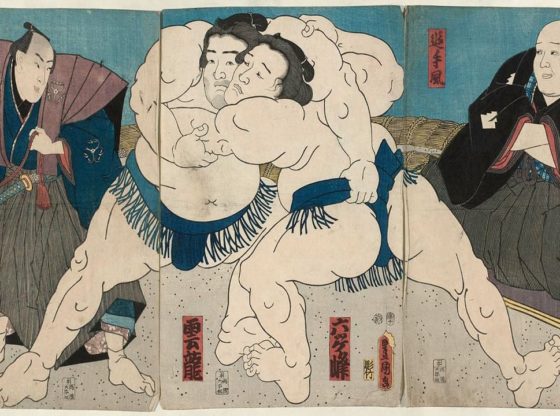People who participate in light to moderate physical activity, such as walking at least four hours a week or swimming two to three hours a week, may have less severe strokes when compared to people who are physically inactive, according to a study published in the online issue of Neurology®, the medical journal of the American Academy of Neurology.
The researchers looked at 925 adults of an average age of 73 who were treated for a stroke at the same hospital. The patients were later asked about their exercise habits prior to the stroke. Nearly half of post-stroke seniors (48 percent) said they had been active before the stroke. Of 384 patients who engaged in light physical activity, 85 percent (or 330 people) had a mild stroke. By contrast, 73 percent of inactive people were likely to have a mild stroke.
“While exercise benefits health in many ways, our research suggests that even simply getting in a small amount of physical activity each week may have a big impact later by possibly reducing the severity of a stroke,”
– Said study author Katharina S. Sunnerhagen, MD, PhD, of the University of Gothenburg in Sweden.
Light physical activity was defined as walking at least four hours a week. Moderate physical activity was defined as more intense exercise such as swimming, brisk walking, or running two to three hours a week. More than half of study participants said they were physically inactive before having their stroke.
There was no significant difference in stroke severity between the light physical activity group (walking or similar activity for at least 4 hours per week) and the moderate physical activity groups (training 2 to 3 hours per week). Sex, smoking, diabetes, and protective treatments such as statin and hypertension treatment did not influence stroke severity.
Hence, the researchers found a major risk factor in the development of the most severe forms of stroke and all similar attacks – to be a lack of physical activity and a sedentary lifestyle. On average they are 1.2 times more likely to suffer from hemorrhages in the brain than their peers who regularly engaged in exercise.
Reference:
Reinholdsson et al, 2018. Prestroke physical activity could influence acute stroke severity (part of PAPSIGOT), Neurology® 2018;91:1-7. doi:10.1212/WNL.0000000000006354























